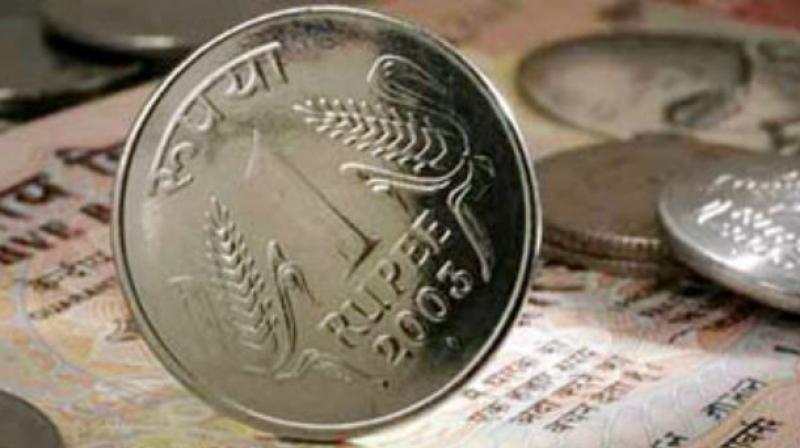Rupee may hit 72.5-level in 2017

Mumbai: While the rupee recovered from its 37-month low on Friday, global financial services firm Deutsche Bank said the rupee is expected to see further weakness and could touch 72.5 to the dollar by the end of 2017.
According to the bank, a more active US Federal Reserve in 2017 would strengthen the dollar that would result in further weakness in emerging market currencies.
On Friday, the Indian rupee closed at 68.47 to the dollar after hitting a record low of 68.86 in intra-day trade on Thursday. “We think the case for further rupee depreciation remains in place, despite a constructive balance of payment position. It seems to us that the rupee would also likely breach 70 next year and head towards 72.5 by the end of December 2017, which will erase some of the appreciation of the real effective exchange rate (REER) and help maintain India's export competitiveness against other emerging market peers,” it added.
Though the Reserve Bank of India (RBI) is expected to intervene in the market to stabilise the rupee, according to analysts at Deutsche Bank, it won’t be sufficient enough to prevent the nominal depreciation of the rupee especially when the US dollar is likely to gain strength against a basket of major currencies in the world.
“Allowing the rupee to depreciate in line with other emerging market currencies will not only help maintain export competitiveness but also lead to a further easing of monetary conditions, which may be seen as necessary to offset risks to growth,” Deutsche Bank said in a note to its clients.
The latest trigger for the weakness in the entire pack of emerging market currencies is on account of the sudden spike in the 10-year US bond yields post the US presidential election results.
President-elect Donald Trump's proposal to invest heavily in the US infrastructure sector through deficit financing is expected to stoke inflation in the US, which according to market participants would lead to an interest rate hike in the US.
The bond yields in India fell sharply amidst strong growth in bank deposits post-demonetisation of high value currency notes. This according to forex experts have reduced the arbitrage opportunities for short term investors who were borrowing money from the US at ultra low interest rates and investing in Indian equity and debt instruments.
Ever since the US presidential election result was announced, FPIs have pulled out Rs 18,600 crore from the Indian debt market while they offloaded equities worth Rs 17,262.32 crore.

